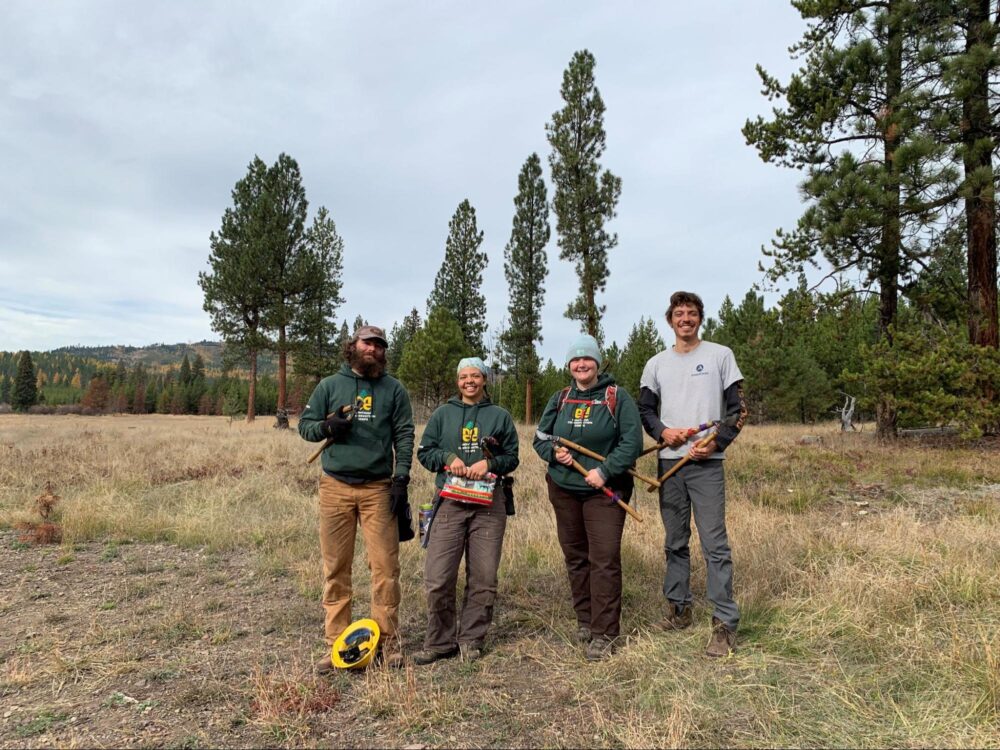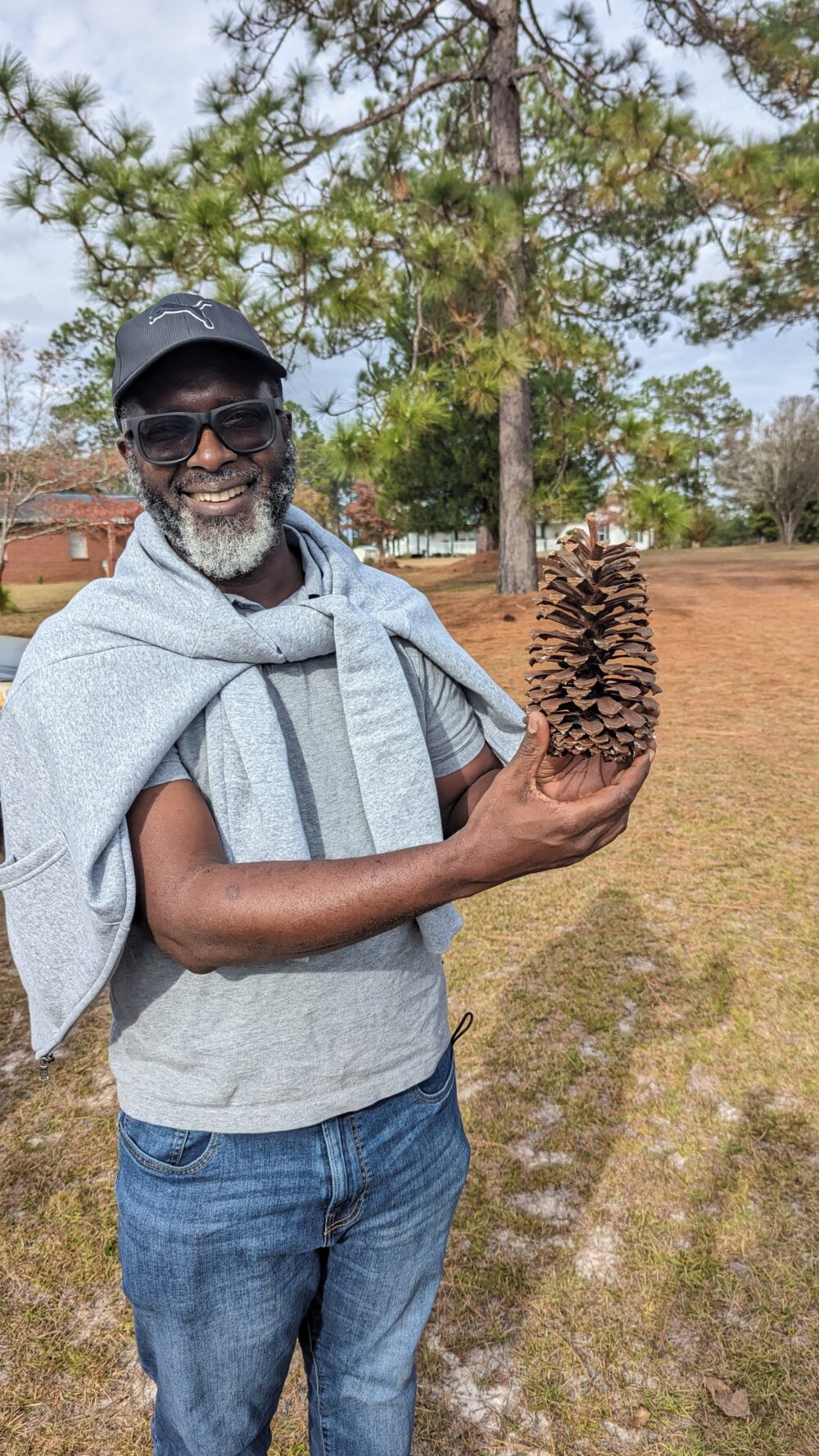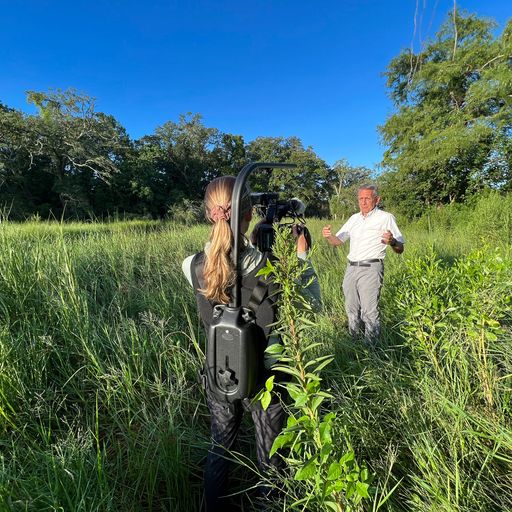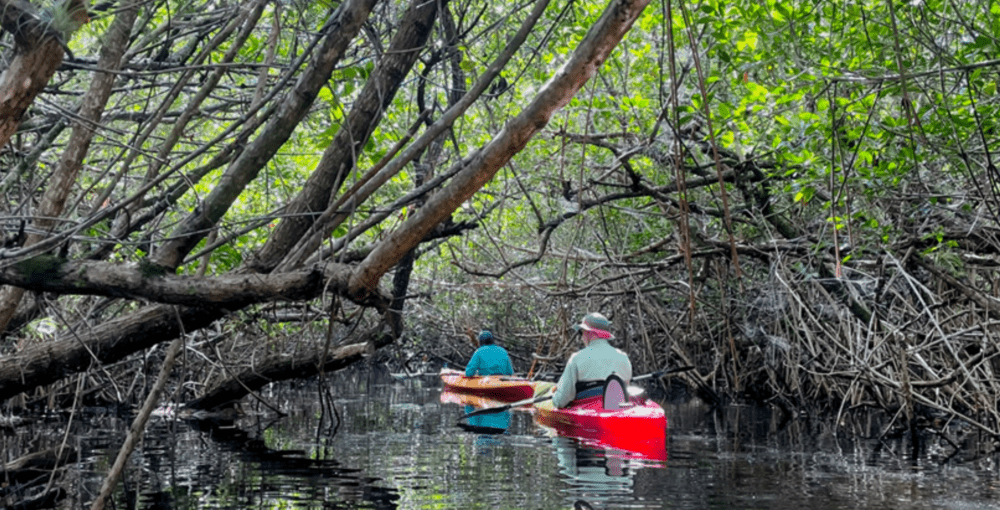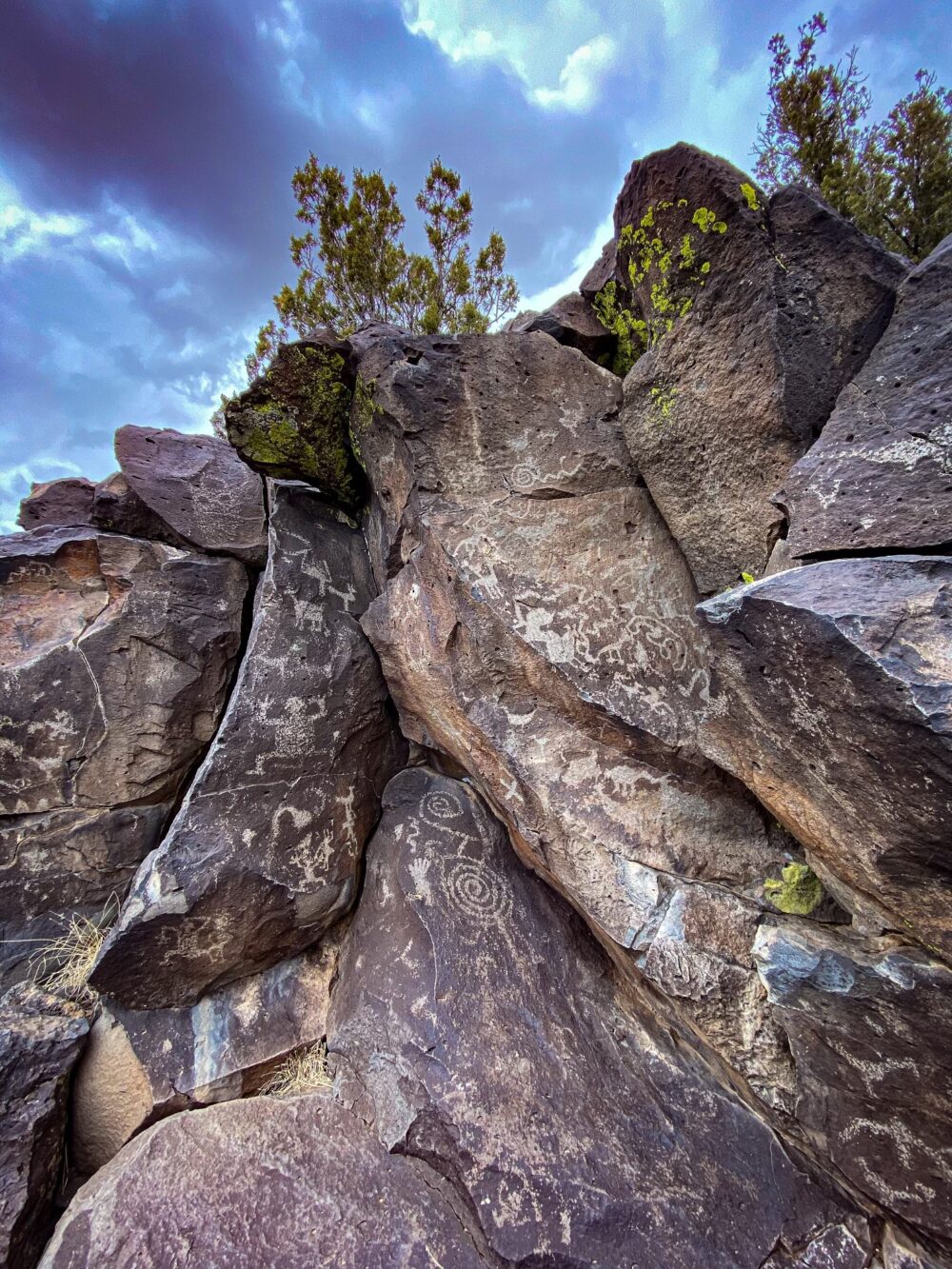We have much more to do and your continued support is needed now more than ever.
Picturing Birds at Risk
Swifts, nighthawks and meadowlarks may sound like commonplace birds, but they share a troubling trait: According to the cover story of the February-March National Wildlife, the animals are among “hundreds of once-common U.S. birds that have decreased dramatically in recent years.” Spotlighting North America’s little known biodiversity crisis, the story, “Going … Going …?”, reports that more than 430 of the continent’s avian species—or nearly half—are “at risk of extinction without significant action.”
To draw attention to these imperiled species, we searched the archives of the National Wildlife Photo Contest and selected some of our favorite images of U.S. birds at risk. Snapping and sharing such photos can help raise awareness of the need to protect rare animals. Enjoy the images and enter your own favorite photos of wildlife—endangered or not—before this year’s contest closes on March 20!
Eastern Towhee
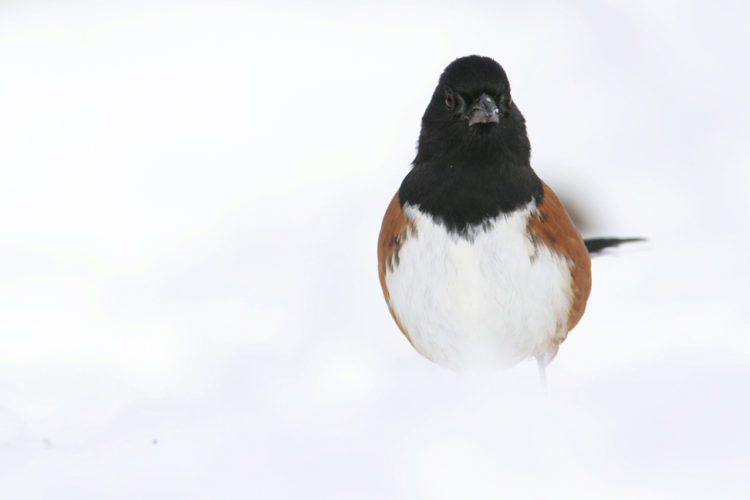
The dramatic opener to the story “Going … Going …?”, this eastern towhee was photographed in the midst of a snowstorm by Hal and Kirsten Snyder, who donated the image to the National Wildlife Federation through the photo contest. While still abundant in many places, the species’ numbers overall have dropped nearly 50 percent since 1966. Of this towhee, the Snyders said: “While normally wary, the bird may have been exceptionally hungry or disoriented by the snow … it came extremely close, often passing by our feet” as it gathered seeds spilled from a bird feeder in a state park.
Chimney Swift

Nicknamed “flying bullets,” chimney swifts spend most of their lives airborne, landing only to nest or to roost overnight in tree cavities, caves and chimneys. Unlike most birds, they cannot even perch, instead clinging to vertical surfaces with their claws. According to the North American Breeding Bird Survey, chimney swifts have been declining throughout their range by nearly 3 percent a year for the past half century as a result of habitat loss. Rob Curtis photographed this swift hunting insects on the wing in the skies above Chicago.
Bobolink

Photo contest entrant Cari Povenz of Grandville, Michigan, encountered this pair of bobolinks (male, left and female, right) “at a local birding spot … I observed and enjoyed their interactions through the tall grasses where they make their homes.” Sadly, loss of such grasslands has caused a 65 percent decline in the species’ U.S. population since the mid-1960s. After breeding, nesting and raising their young in North American meadows, prairies and farmlands, bobolinks fly more than 6,000 miles south to spend the winter in southern South America—one of the world’s longest songbird migrations.
Cerulean Warbler

Cerulean warblers nest and forage higher in the trees than do most songbirds, so this was a lucky shot for Jim Burns, who encountered this male in Missouri’s Ozark National Scenic Riverways “just after the bird scored a caterpillar for breakfast.” The birds themselves may need a little luck: According to the Cornell Lab of Ornithology, the cerulean warbler “is one of the species of highest concern in the eastern United States because of a small total population size and significant declines throughout its range”—74 percent during the past five decades.
Common Nighthawk
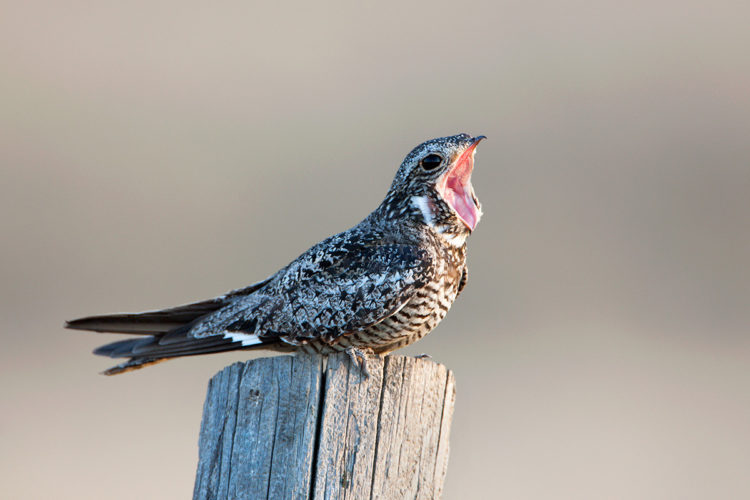
Not so common after all, the common nighthawk’s numbers have plunged in recent decades—by 61 percent nationwide since the mid-1960s, according to the North American Breeding Bird Survey. These acrobatic aerial insect eaters have been hammered by habitat loss, pesticides (which kill their prey) and even collisions with cars. Doug Backlund found this one perched on a fence post in Stanley County, South Dakota. “Seeing a nightjar agape is a pretty rare thing,” he says. “The sunlight was just right to light up the inside of the beak.”
Eastern Meadowlark

“I’ve crossed paths with many eastern meadowlarks with their striking yellow coloration, but very few on natural habitat,” says contest entrant Matt Bryant, who donated this image to the National Wildlife Federation. “I was so excited this beauty allowed for a quick shot, facing forward—and not on a fence post.” Like most of the continent’s grassland birds, meadowlarks are declining, primarily due to habitat loss. Since the mid-1960s, the species’ numbers have fallen by nearly 90 percent. But farmers and homeowners can help the birds—the majority of which live on private lands—by protecting natural habitat, reducing mowing and avoiding pesticides.
ENTER YOUR PHOTOSHave you spotted any rare birds—or other photogenic wildlife—in your area? Enter your favorite images in this year’s National Wildlife Photo Contest for a chance at our $5,000 Grand Prize! There are also cash prizes in seven different categories, so you have plenty of chances to win. Learn more about the contest and enter before March 20!













